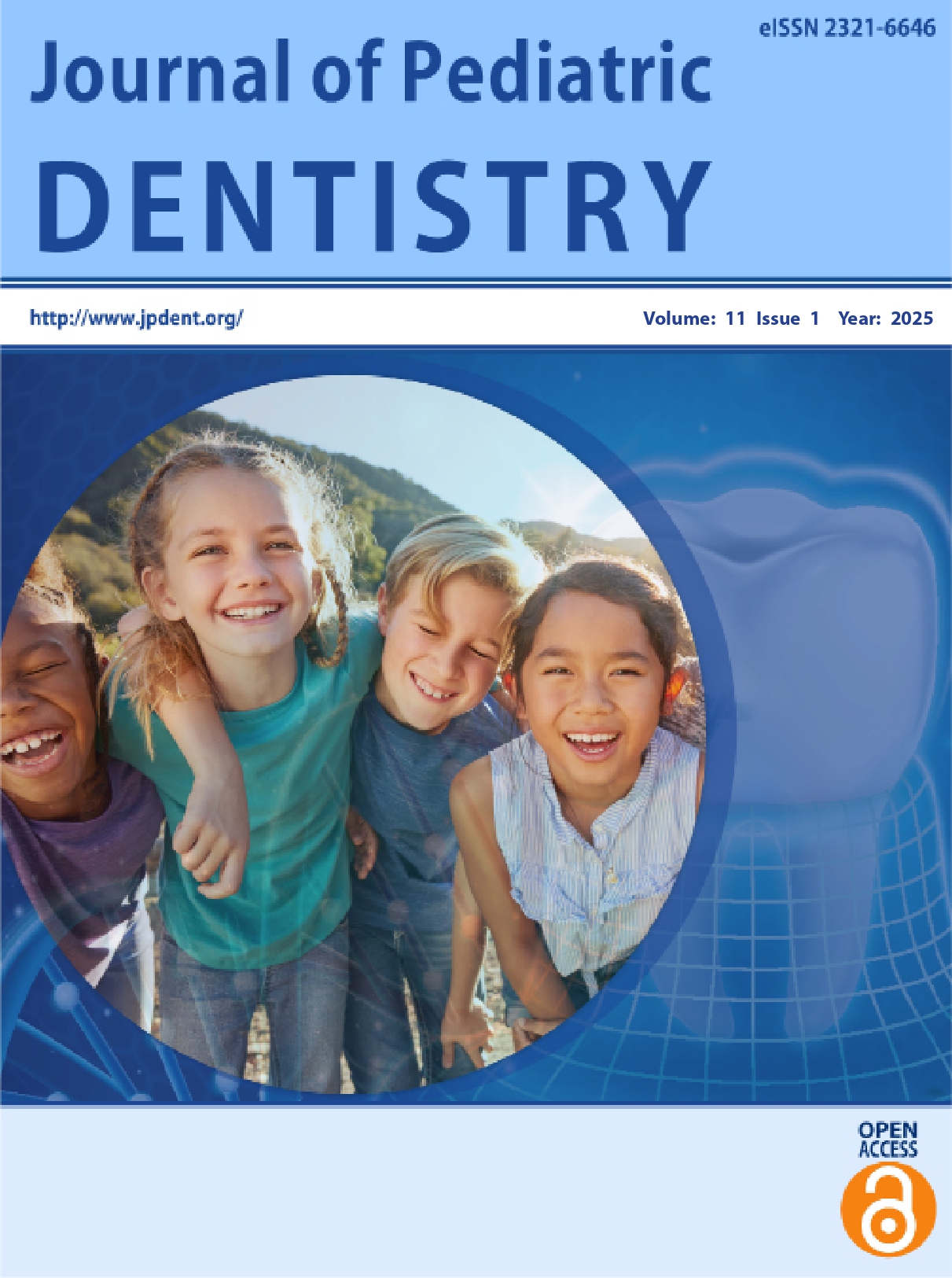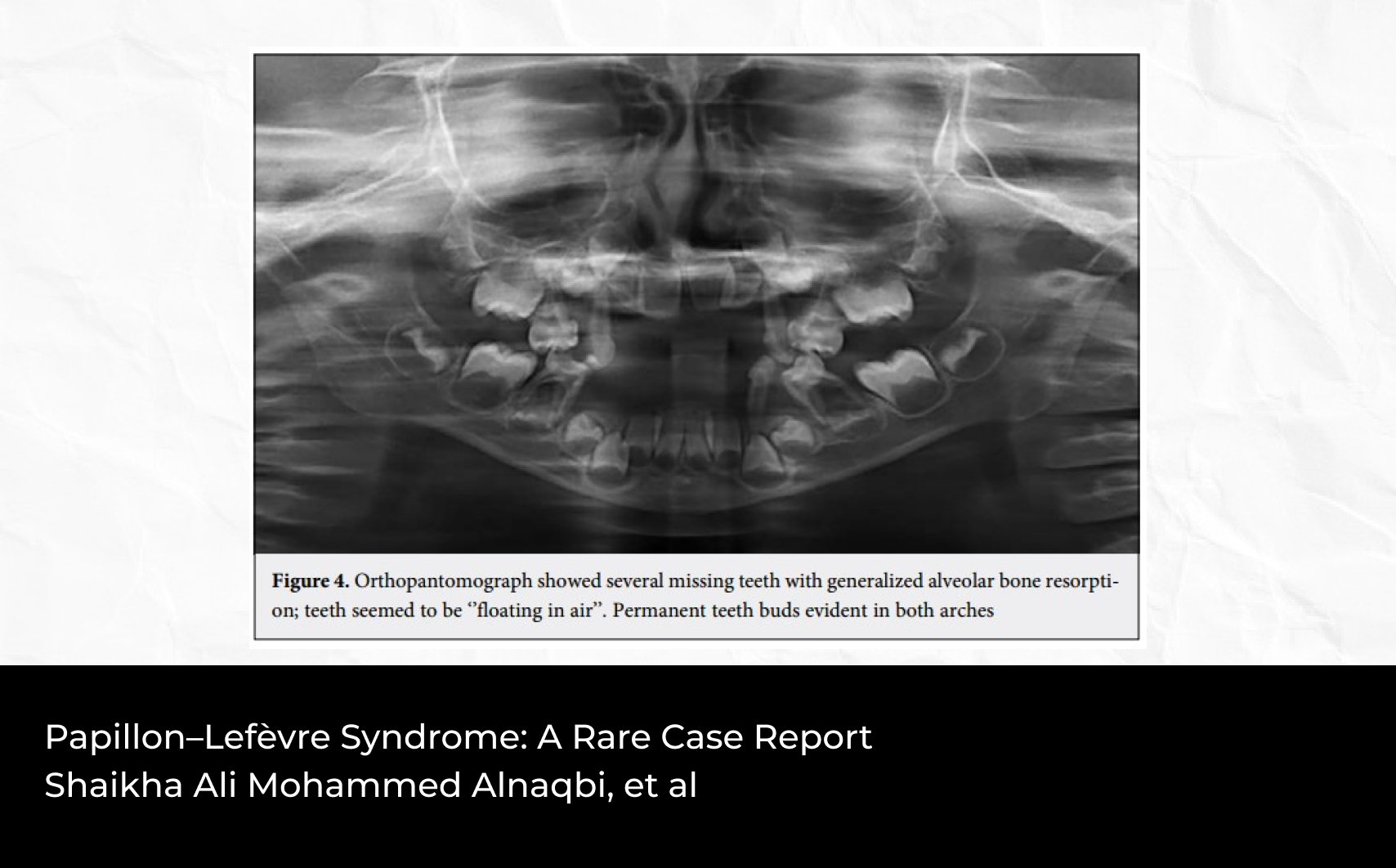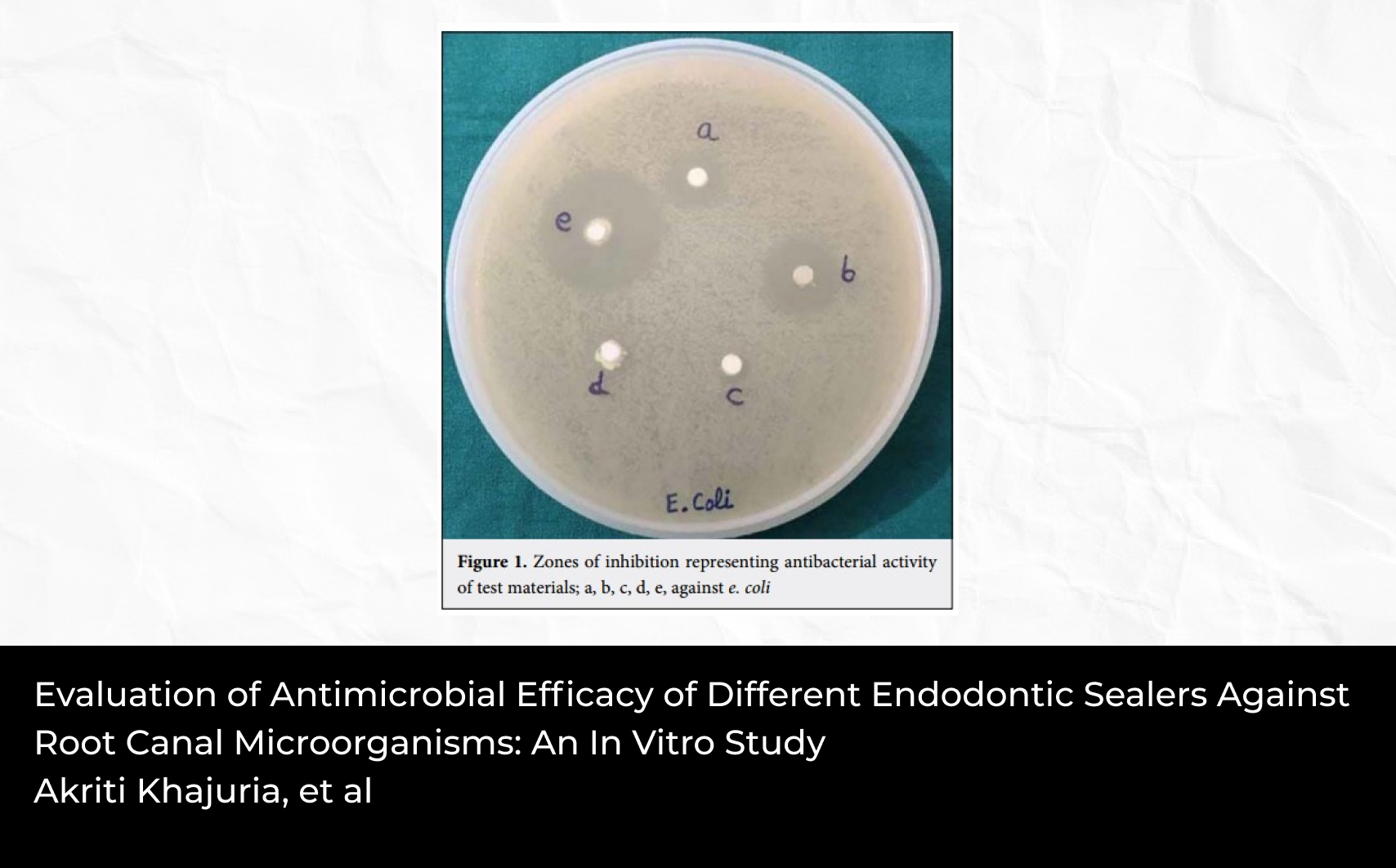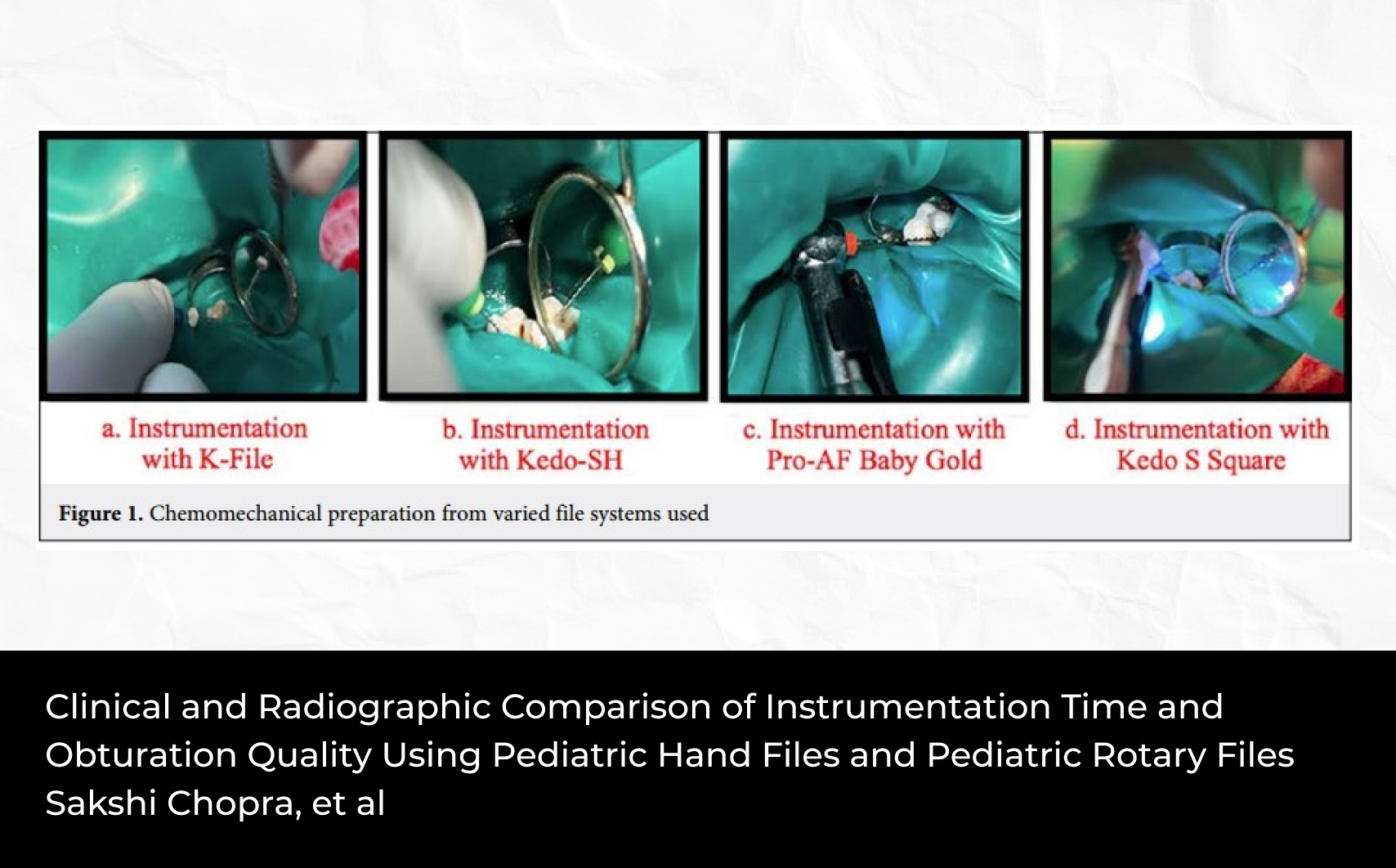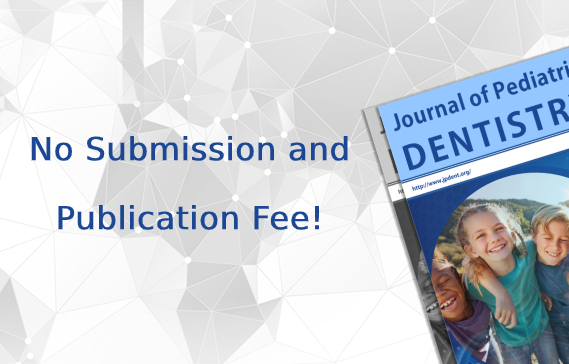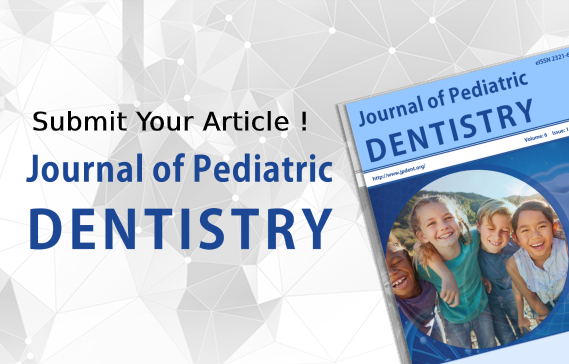2Department of Dentomaxillofacial Radiology, Faculty of Dentistry, Universitas Padjadjaran, Bandung, Indonesia
Abstract
Objective: The morphology of sella turcica is disturbed if there is a growth disorder in the pituitary gland. The aims of this study were to identify the features of skeletal malocclusion, assess the morphology of sella turcica, and analyze the relationship between skeletal class II malocclusion and the morphology of sella turcica in children aged 7-10 years.
Materials and Methods: This research method is analytic cross-sectional with the research sample in the form of 53 secondary data from digital cephalometric radiographs of pediatric patients aged 7-10 years. Skeletal determination in this study used Steiner analysis and WebCeph™.
Results: The results showed that the average ANB, SNA, and SNB angles were 5.75°, 81.06°, and 75.22°, respectively. Normal morphology of sella turcica was found mostly in this study. According to the phi correlation, the morphological relationship between skeletal class II malocclusion and the morphology of sella turcica in children aged 7-10 years was found to be p=0.266.
Conclusion: The most common skeletal class II malocclusion in children aged 7-10 years is mild skeletal class II malocclusion and is caused by the retrognathic position of the mandible to the cranium base. The morphological description of sella turcica in children aged 7-10 years obtained the most normal morphology of sella turcica. There was no relationship between skeletal class II malocclusion and the morphology of sella turcica in children aged 7-10 years.

